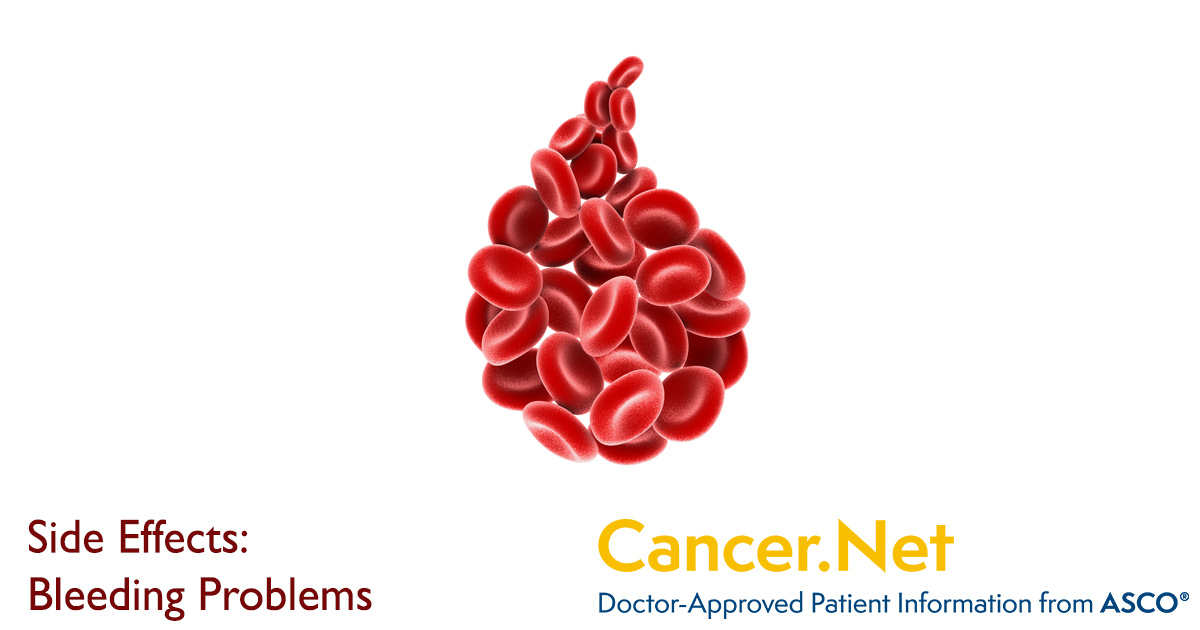

Epidemiology of aplastic anemia: a study of 1324 cases.
#Low hematocrit and hemoglobin causes manual
Merck Manual Professional Version: Physiology of Pregnancy.The Lancet: Glucose-6-phosphate Dehydrogenase Deficiency.American Family Physician: Normocytic Anemia.Merck Manual Professional Version: Overview of Hemolytic Anemia.Merck Manual Professional Version: Sideroblastic Anemias.Cleveland Clinic Center for Continuing Education: Anemia.Hemolysis may likewise result from direct trauma to RBCs as blood flows through artificial heart valves or past blood clots within blood vessels.
/hemoglobin-level-test-1942658-01-1721875f4eab417bb161afc2acf1b89d.png)
Certain bacteria, such as meningococci and streptococci, produce toxins that directly destroy RBCs. In some autoimmune diseases, hemolysis occurs when the body makes antibodies that attack its own RBCs. In hypersplenism, the spleen is overactive and destroys an excessive number of RBCs. Hemolysis may also be caused by disorders outside RBCs. This leads to hemolysis during acute illnesses, such as infections, or upon exposure to fava beans or certain drugs. In glucose-6-phosphate dehydrogenase (G6PD) deficiency, RBCs are unusually susceptible to harmful oxidizing molecules. In diseases with abnormally shaped RBCs, such as sickle cell anemia or spherocytosis, the body identifies the cells as abnormal and destroys them prematurely. Hemolytic anemia develops when RBC destruction occurs before this time and the bone marrow is unable to release enough new cells. RBCs remain in the bloodstream for about 120 days, after which they are destroyed - primarily in the spleen - and replaced by new RBCs released from the bone marrow. In severe kidney disease, impaired erythropoietin production reduces the number of RBCs.Ī certain amount of RBC destruction, or hemolysis, is normal.RBCs are produced in the bone marrow, so any disease within the marrow may cause anemia, depending on the extent of bone marrow affected.Liver disease, an overactive or underactive thyroid, and many chronic inflammatory diseases - such as rheumatoid arthritis - may also be associated with reduced RBC production. In severe kidney disease, impaired erythropoietin production reduces the number of RBCs. Drugs that interfere with folate metabolism, such as anti-HIV or anti-seizure medications, can likewise reduce RBC production.Īdequate RBC production also relies on erythropoietin, a hormone made by the kidneys. In some diseases, such as sideroblastic anemia, iron levels are normal but the bone marrow is unable to effectively use the iron. As normal RBC production requires iron, folate, vitamin B6 and vitamin B12, deficiency of any of these nutrients can produce a low HCT and HGB. Infiltration of the bone marrow by fibrous tissue or cancer cells likewise interferes with RBC production. In aplastic anemia, for example, the entire bone marrow stops producing RBCs and anemia may be severe.


 0 kommentar(er)
0 kommentar(er)
